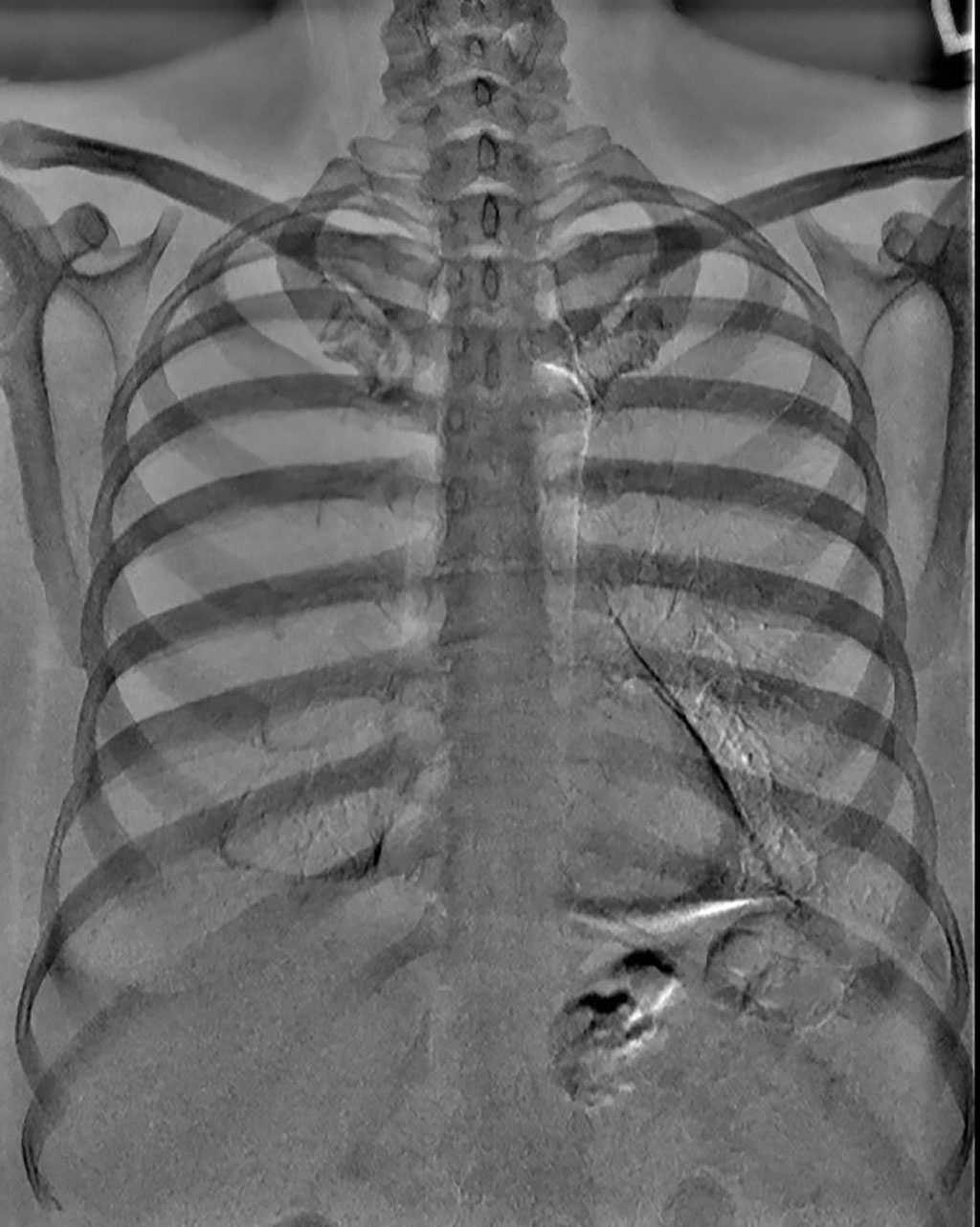X-Ray Filtering Technology Differentiates Soft Tissues and Bone
By MedImaging International staff writers
Posted on 05 Dec 2019
An image processing engine and differential filter approach optimizes X-ray spectrum exposure to enhance chest X-rays.Posted on 05 Dec 2019
The Carestream (Rochester, NY, USA) Dual-Energy imaging application utilizes two filter materials that are automatically switched between the high- and low-energy exposures in order to produce a soft-tissue-only image with the bone structures removed, as well as a corresponding bone-only image. Driven by the Eclipse image processing engine, the differential filter is designed to improve both X-ray spectrum acquisitions so as to achieve optimal dose efficiency, resulting in a patient radiation exposure equivalent to a standard, non-dual-energy posterior-anterior (PA) chest radiograph.

Image: An example of Dual-Energy imaging bone subtraction (Photo courtesy of Carestream)
The differential filter is positioned between the x-ray source and the subject during the acquisition of the first and second images of the subject. The first x-ray image is generated at a low-grade energy level (approximately 50-70 kVp); the second x-ray image is generated at a higher energy level (approximately 110-130 kVp), with a dose allocation being selected within a range of approximately 30-40%, based on patient size and weight. Dual-Energy technology has been approved for chest X-rays on the Carestream DRX-Evolution Plus System.
“Dual-Energy will help radiologists improve the specificity and sensitivity for chest diagnosis because of both material differentiation and the removal of overlapping anatomical structures,” said Sarah Verna, worldwide marketing manager for Global X-ray Solutions at Carestream. “This technology takes two images in rapid succession, but when you compare the total entrance skin exposure to the patient, it’s the same as a standard PA chest exam. Dual-Energy does not expose the patient to more radiation.”
Conventional chest radiography has proven inadequate in the detection of early-stage lung disease, missing about 50% of nodules measuring 10 mm or less due to obscuration of the subtle soft-tissue nodules by the overlying “anatomical noise”, attributed in large part to the superposition of anatomical structures in the projection image, such as the ribs and clavicles.
Related Links:




 Guided Devices.jpg)









